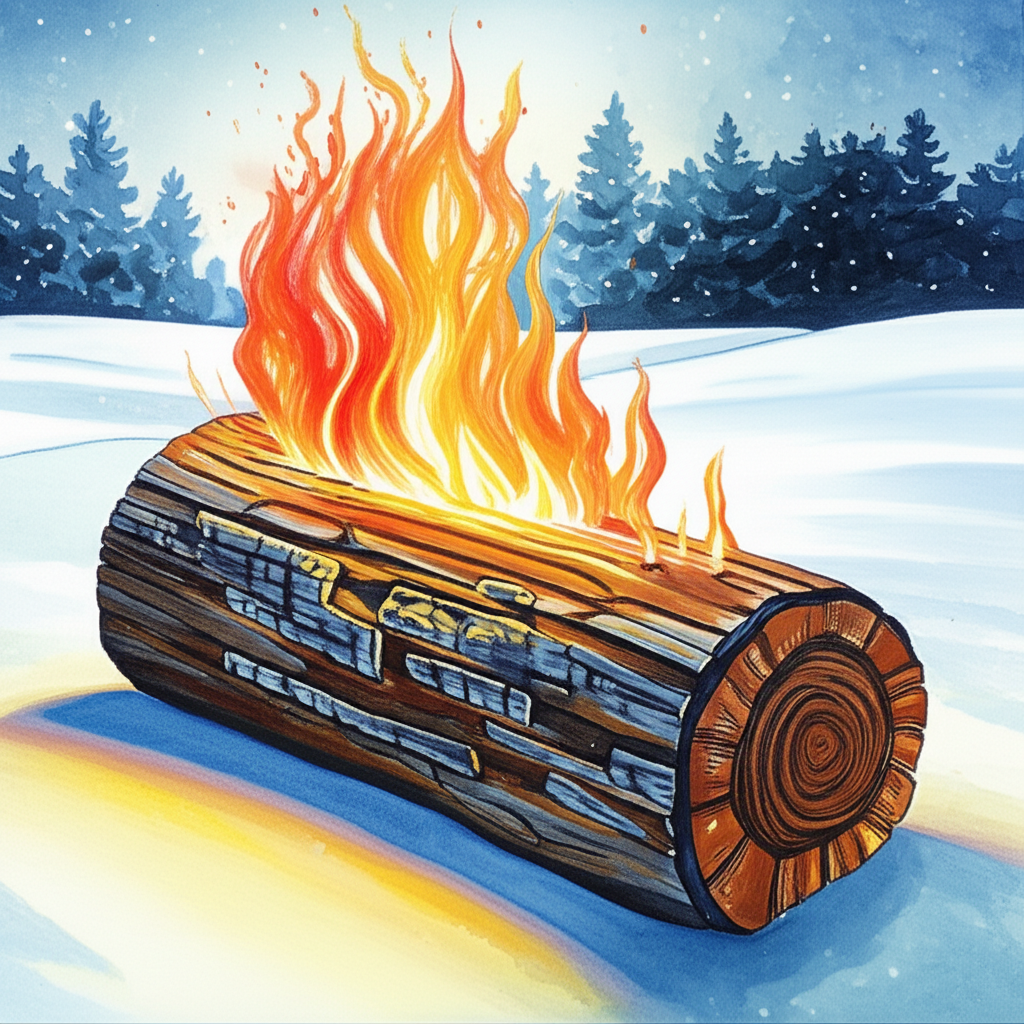
The Yule log tradition, deeply rooted in ancient pagan celebrations of the winter solstice, carries a superstition that its charred remains possess the power to protect homes from lightning strikes. This belief, interwoven with cultural and historical practices, offers insight into how ancient societies sought to control their environment through ritual and symbolic actions.
Historical Background: The Germanic Yule Celebration The Yule tradition originates from the Germanic pagan celebration of the midwinter solstice, known as Yule. Derived from the Anglo-Saxon word ‘geol,’ this period, occurring around December 21st or 22nd in the Northern Hemisphere, marked a crucial time for early Scandinavian ancestors. Faced with harsh winter conditions, dwindling food supplies, and prolonged darkness, they yearned for the return of warmth and sunlight. The Yule rites were performed in hopes of appeasing the elements and ensuring the sun’s return, symbolizing a renewed cycle of life and abundance.
Cultural Significance and the Burning of the Yule Log The burning of the Yule log was a central practice during this period, providing essential light and heat during the darkest months. Typically crafted from oak or beech wood, the Yule log tradition extended across Europe, encompassing regions from Russia and Siberia to the warmer Mediterranean areas. The fire was maintained for several weeks, symbolizing the lengthening days and the triumph over darkness. Families and friends gathered around the fire to share stories, dance, and sing, celebrating the anticipated return of the sun’s life-giving energy.
Evolution of the Superstition: From Pagan Ritual to Christian Tradition As Christianity spread, many pagan solstice traditions were gradually absorbed, with Christmas being celebrated on December 25th from the fourth century AD onward. By the eighteenth century, the Yule log was typically lit on Christmas Eve and left undisturbed in the grate overnight, continuing to burn until Twelfth Night. This integration of pagan and Christian customs reflects a blend of spiritual beliefs. The charred remains of the Yule log were believed to hold special powers and were incorporated into various rituals intended to bring good fortune in the coming year. In France and Germany, ashes were mixed into cows’ feed to promote successful calving. In the Baltic states, the ashes were dug into the soil around fruit trees to enhance their productivity. In the UK, a drink made from mixing the burned wood with water was used as a folk remedy for consumption.
The Belief in Lightning Protection and Modern Interpretations The belief that keeping the blackened Yule log in the house could prevent lightning strikes stems from the ancient concept of sympathetic magic. This belief operated on the principle that like influences like, or that an object that had experienced a certain condition could offer protection from that same condition. Therefore, keeping a thoroughly burnt-out log was thought to ensure the safety of the house from fire, by extension protecting it from lightning strikes. While the literal belief in the Yule log’s ability to ward off lightning may have waned in modern times, the tradition continues as a symbolic connection to the past. Today, the Yule log often takes the form of a smaller, decorative log, or even a chocolate cake resembling a log, preserving the essence of warmth, family, and hope during the winter solstice.